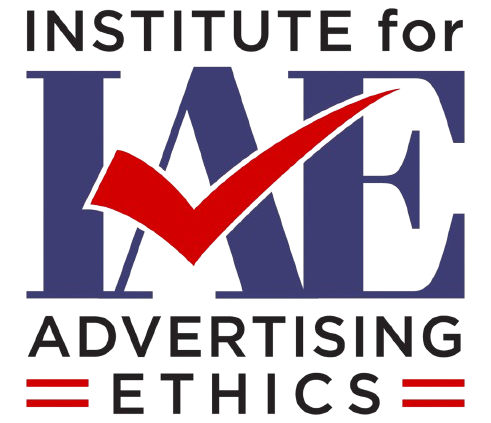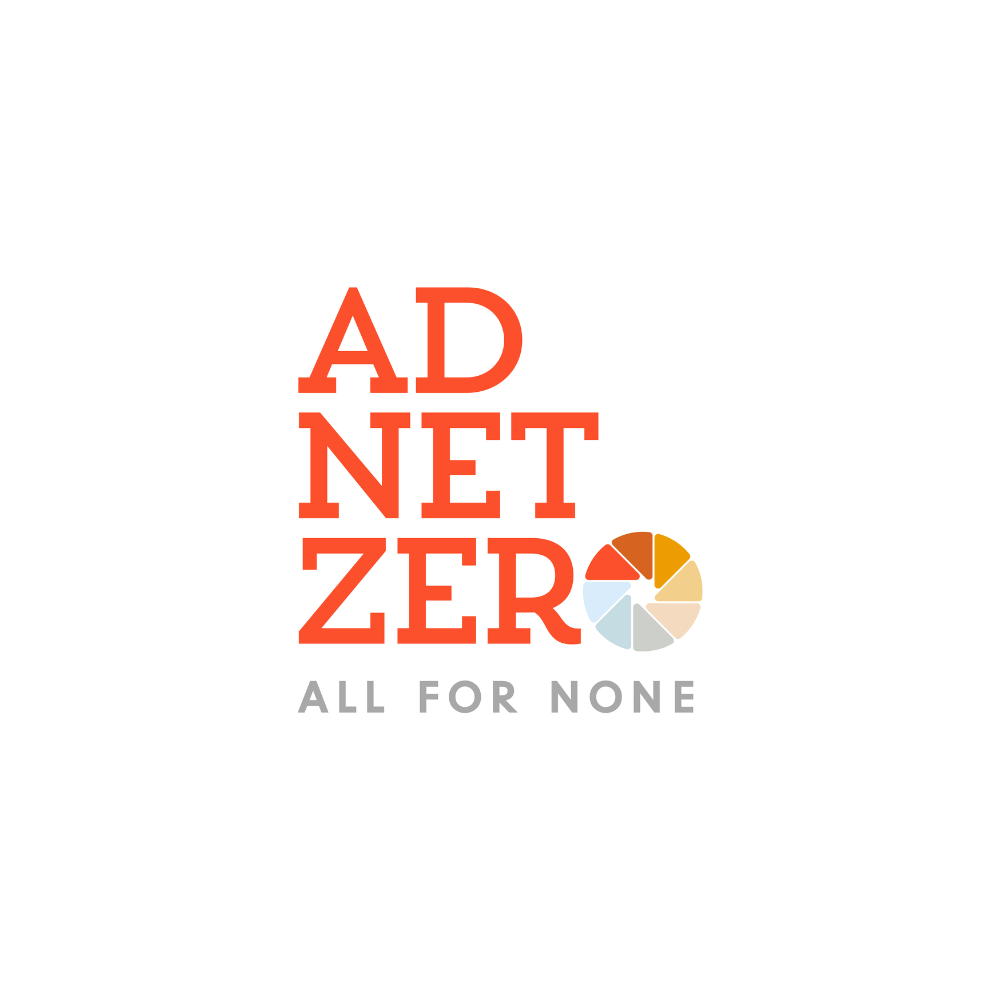
Influencer Integrity Shield
Call For Comments
Open Build - We Want to Hear From You!
Help shape the first validated, multi-stakeholder, and responsive certification framework for influencer ethics.
The Institute for Advertising Ethics (IAE) invites public comment on the forthcoming Influencer Integrity Shield — a multi-stakeholder, validated standard designed to elevate trust, transparency, and accountability across the global creator economy.
This Open Build process allows creators, brands, agencies, platforms, academics, regulators, and consumers to directly shape the principles that will define ethical influencer marketing for years to come.
Current Modules Include
Module 1: Defining Influencer Marketing
Module 2: Effects of Influencer Marketing (Positive and Negative)
Module 3:
Current Laws / Regulations
Module 4: Ethical Learnings from Other Disciplines
Module 5: Companies Selecting an Influencer
What We’re Seeking Feedback On
We welcome insights on the following areas:
Modules Above: Please provide any feedback on above modules, or additional modules which may be appropriate.
Disclosure & Transparency: How to ensure clear, context-appropriate disclosures across platforms and content types
Material Connections & Incentives: Defining and evidencing relationships that may influence content
Audience Protection: Guardrails for minors, health and financial claims, and high-risk categories
Data & AI Use: Labeling synthetic media, managing algorithmic amplification, and AI-assisted content
Verification & Assurance: Practical mechanisms for audits, attestations, and corrective actions
Governance: Roles for creators, brands, agencies, platforms, auditors, and complaint handling
How to Submit a Comment
Option 1: Complete our
online submission form
Option 2: Email your feedback to standards@iaethics.org
Subject line: “Comment — Influencer Integrity Shield”
Preferred file type: DOCX
Please include your organization (if applicable) and indicate whether your submission may be publicly cited.
What to Include
- Specific concepts you’re commenting on —or proposed new language
- Your rationale and supporting evidence (research, case examples)
- Implementation impact (cost, feasibility, or unintended effects)
- Redlines or model wording (optional but encouraged)













